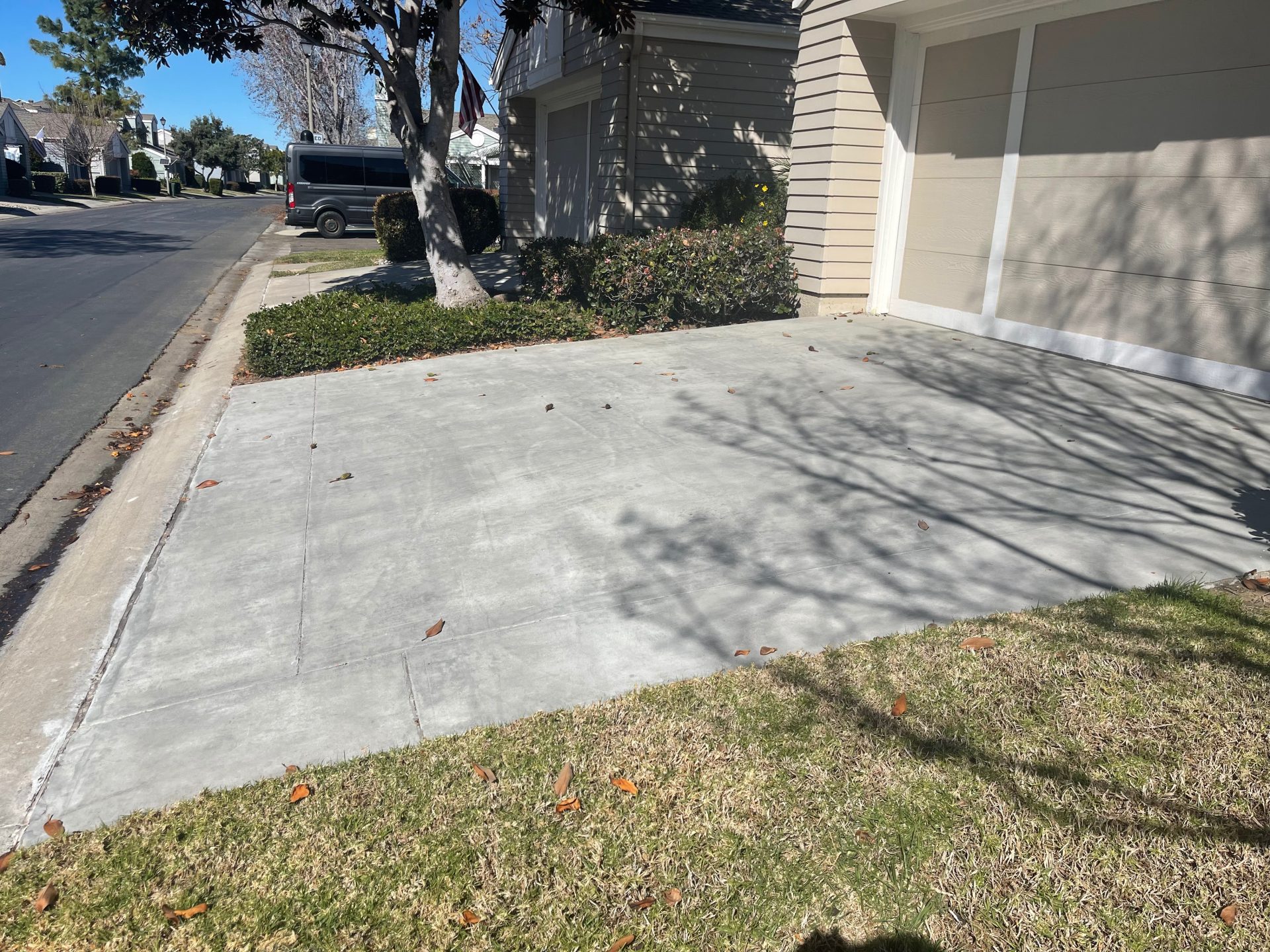The Green Choice: Concrete Sidewalks for Your Neighborhood
Choosing concrete for your area walkways can make a considerable difference in terms of sustainability and eco-friendliness. Let's check out why concrete pathways may be the eco-friendly option your area needs.
Advantages of Concrete Sidewalks
When thinking about the installation of pathways in a community, the benefits of picking concrete over other materials are numerous and considerable. Concrete pathways provide durability, standing up to hefty foot web traffic, climate fluctuations, and environmental aspects much better than alternative products like asphalt or crushed rock. This durability translates to cost-effectiveness in the future, as concrete walkways require much less constant fixings and maintenance. Furthermore, concrete is a functional material that can be easily personalized to match the visual of any kind of neighborhood with numerous finishes, colors, and patterns.

Resilience and Long Life
Exactly how can concrete walkways outshine other materials in terms of toughness and long life? Concrete sidewalks are renowned for their outstanding longevity and longevity compared to alternate materials like asphalt or pavers.
In addition, concrete's resilience decreases the demand for constant repairs or replacements, making it a cost-efficient and sustainable option for community pathways. By investing in concrete walkways, communities can enjoy a reputable and durable framework that improves the general aesthetic appeal and performance of the area.
Reduced Maintenance Needs
Concrete pathways stand out for their minimal maintenance demands due to their long lasting nature and lasting efficiency. Unlike alternative materials that may need frequent fixings or replacements, concrete sidewalks use an economical service that requires little upkeep over time.
Routine maintenance for concrete walkways typically involves basic jobs such as normal see cleansing to remove debris and occasional sealing to secure the surface area. In comparison to products like asphalt or pavers that might shift, fracture, or weaken even more easily, concrete pathways preserve their structural integrity with marginal treatment. Furthermore, any repair work that may be needed are usually localized and can be dealt with swiftly, lowering both the visit this website moment and expense related to upkeep.

Environmental Advantages
With a focus on sustainability and eco-friendliness, concrete pathways supply notable ecological advantages that add to a greener community facilities. Furthermore, concrete pathways have a high solar reflectance index, meaning they reflect a considerable amount of sunlight instead of preserving and soaking up heat.
Furthermore, concrete is a porous material that allows water to penetrate right into the ground, minimizing stormwater drainage and helping in groundwater recharge. This assists avoid erosion, decrease flooding, and preserve the natural equilibrium of water supply in your area. By picking concrete sidewalks, communities can make a sustainable choice that favorably influences the environment and boosts the lifestyle for residents.
Enhancing Community Sustainability
By focusing on sustainable facilities solutions, communities can grow an unified balance in between environmental awareness and neighborhood advancement. Enhancing community sustainability entails a diverse approach that exceeds just the ecological benefits of concrete walkways. Implementing green areas, promoting energy-efficient methods, and cultivating a feeling of community involvement are important parts of producing a sustainable area.
One method to boost neighborhood sustainability is via the integration of permeable concrete sidewalks. These sidewalks permit rainwater to seep into the ground, decreasing stormwater runoff and reducing the strain on community drainage systems. Concrete Companies Near Me. By incorporating absorptive pathways, communities can enhance water quality, reduce flooding threats, and improve general environmental why not try these out resilience
In addition, advertising alternative transport approaches such as strolling and cycling can significantly reduce carbon exhausts and advertise a healthier lifestyle among locals. Producing risk-free pedestrian paths, bike lanes, and marked greenways can urge homeowners to count much less on cars, even more adding to the neighborhood's sustainability goals.
Verdict
Finally, concrete walkways use many advantages for areas, consisting of toughness, reduced upkeep needs, and environmental benefits. By selecting concrete sidewalks, areas can boost their sustainability and add to a much more environmentally friendly atmosphere. It is clear that concrete sidewalks are the optimal choice for neighborhoods wanting to enhance their facilities in a lasting and eco-friendly manner.
When considering the installment of sidewalks in a neighborhood, the advantages of selecting concrete over other materials are significant and many. Furthermore, concrete's toughness lowers the requirement for constant fixings or substitutes, making it a sustainable and cost-efficient choice for neighborhood pathways (Legendary Concrete Brentwood).With a focus on sustainability and eco-friendliness, concrete pathways provide remarkable environmental benefits that contribute to a greener community infrastructure. Enhancing area sustainability involves a diverse strategy that goes beyond just the ecological advantages of concrete sidewalks.In conclusion, concrete pathways provide countless benefits for areas, including toughness, reduced upkeep demands, and ecological advantages